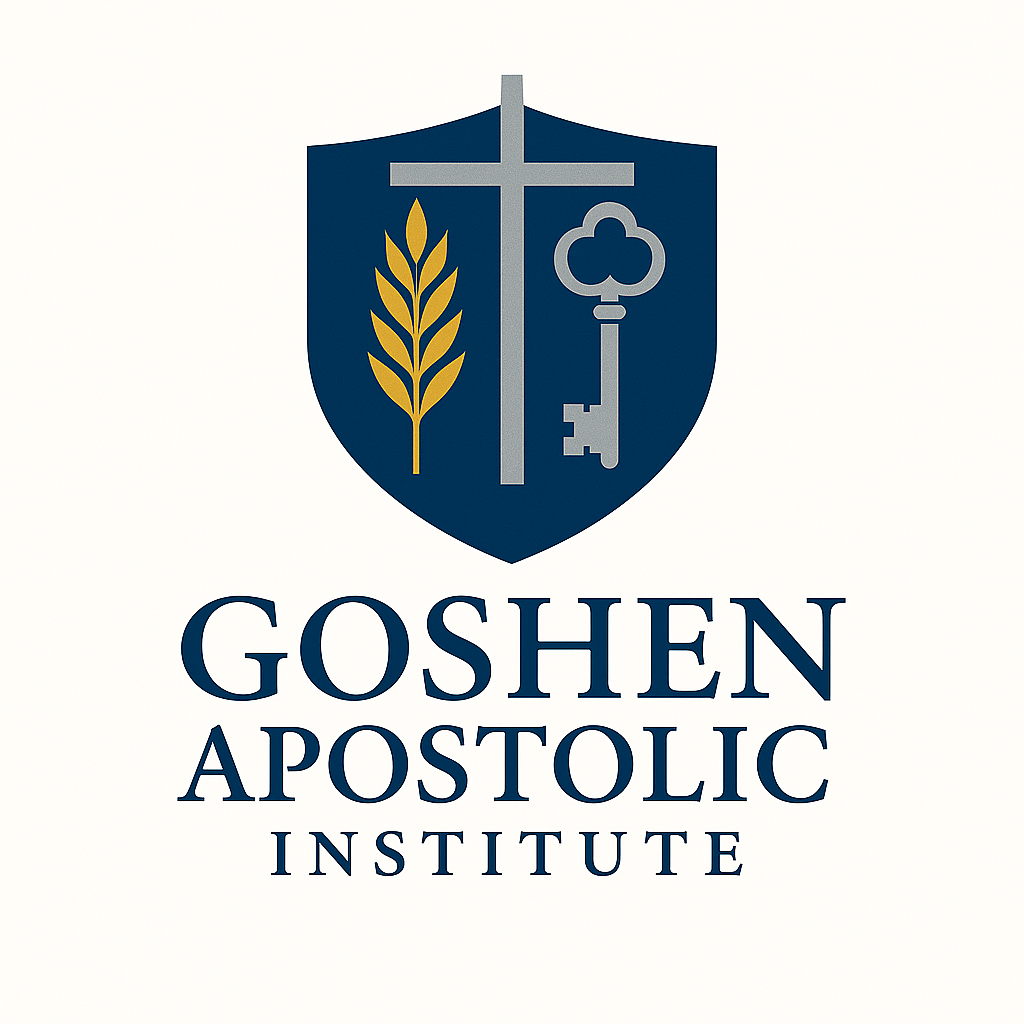Goshen Command Briefing: Web2 vs. Web3 Frameworks
Two Paths, One Purpose — Equipping the Remnant for End-Time Deployment
In these prophetic times, the Church must be both spiritually discerning and technologically prepared. Goshen Apostolic Institute is pioneering a dual-track strategy to build a secure, scalable, and Spirit-led infrastructure using both Web2 and Web3 technologies. While each framework offers distinct capabilities, together they position the remnant for global impact, decentralized resilience, and long-term sustainability.
Here’s how they compare:
1. Governance and Control
| Feature | Web2 Framework | Web3 Framework |
|---|---|---|
| Governance Model | Centralized (admin-controlled) | Decentralized (community-led via DAO) |
| Identity & Access | Role-based user accounts (email/social login) | Soulbound Tokens & DIDs (on-chain identity) |
| Decision-Making | Admin panel or board leadership | Token-weighted voting (proposals, budgets, curriculum) |
2. Community Engagement
| Feature | Web2 Framework | Web3 Framework |
|---|---|---|
| Engagement Tools | Forums, newsletters, SMS, social media | NFT badges, staking rewards, token-gated content |
| Recognition & Rewards | Manual acknowledgements | Dynamic NFTs, airdrops, gamified contribution models |
| Volunteer Coordination | Calendars, email forms | On-chain task tracking and incentive systems |
3. Education and Certification
| Feature | Web2 Framework | Web3 Framework |
|---|---|---|
| LMS Delivery | Web/mobile courses, quizzes, PDF certs | On-chain NFT diplomas, verifiable credentials |
| Progress Tracking | Session-based tracking per user | Immutable learning records on blockchain |
| Access Model | Login-based (free or paid) | Token-gated (access via $GOSH or NFT) |
4. Finance and Giving
| Feature | Web2 Framework | Web3 Framework |
|---|---|---|
| Donations & Tithes | Stripe, PayPal, Tithe.ly | Smart contract giving, zk-SNARKs for anonymity |
| Financial Reporting | Admin dashboard + PDF summaries | On-chain transparency with public audit trails |
| Mission Support | Budgeted by staff | Voted and funded by DAO treasury |
5. Infrastructure and Access
| Feature | Web2 Framework | Web3 Framework |
|---|---|---|
| Hosting & Storage | Centralized cloud (AWS, Vercel, Firebase) | Decentralized storage (IPFS, Arweave, Ceramic) |
| Content Distribution | Web and mobile platforms | Metaverse campus, tokenized libraries |
| Vulnerability | Prone to censorship and blackouts | Resilient and censorship-resistant |
Strategic Summary
- Web2 enables a faster launch, familiar user experience, and scalable growth through centralized infrastructure.
- Web3 introduces resilience, transparency, and decentralized empowerment for the remnant Church across nations.
Which One Should You Use?
Both.
Goshen Apostolic Institute is deploying an integrated digital command center that begins with Web2 for stability and scale while building toward a Web3 backbone for long-term Kingdom governance. This hybrid strategy equips the Church to function freely regardless of political, financial, or technological restrictions.
Final Word: A Kingdom Infrastructure for the Days Ahead
The world is shifting rapidly. What’s coming requires more than revival—it demands readiness. Through these digital command briefings, we’re not just keeping pace with technology—we’re reclaiming it for Kingdom purposes.
“Of the sons of Issachar… they understood the times and knew what Israel should do.” (1 Chronicles 12:32)
